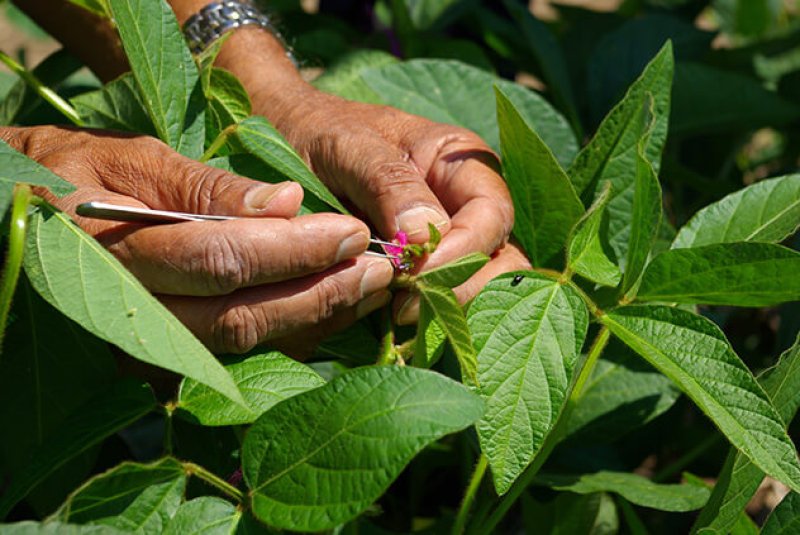“GMOs are a hot topic and very misunderstood by many,” [Bejo Seeds Senior Tomato Breeder Doug Heath] says. “It is not odd to fear what is not known, and I wish that there had been much more consumer education regarding GMO crops years ago.”
Although genetic engineering allows for significant breakthroughs, today’s breeders are still making strides, Heath says.
“Many modern non-GMO breeding techniques have really helped to speed breeding. Use of molecular markers is one of the main techniques. We breeders are now able to know quickly from a very small piece of leaf tissue what is the status with numerous genes, some for resistances and others for quality traits,” he says.
Part of the reason growers find it difficult explaining modern non-GMO breeding is terms like “genetic markers” and “DNA extraction” sounds a lot like GMO breeding.
“These techniques also use [of] automated DNA extraction and analytical equipment, but the major difference is GMO plants are created using techniques that allow for insertion of a gene from one plant to another,” Heath says. “Usually, it is not possible with classical breeding to cross one species to another if reproductive incompatibility exists.”
Read full, original post: A Plant Breeder Explains How GE Techniques Differ from Non-GMO Breeding































